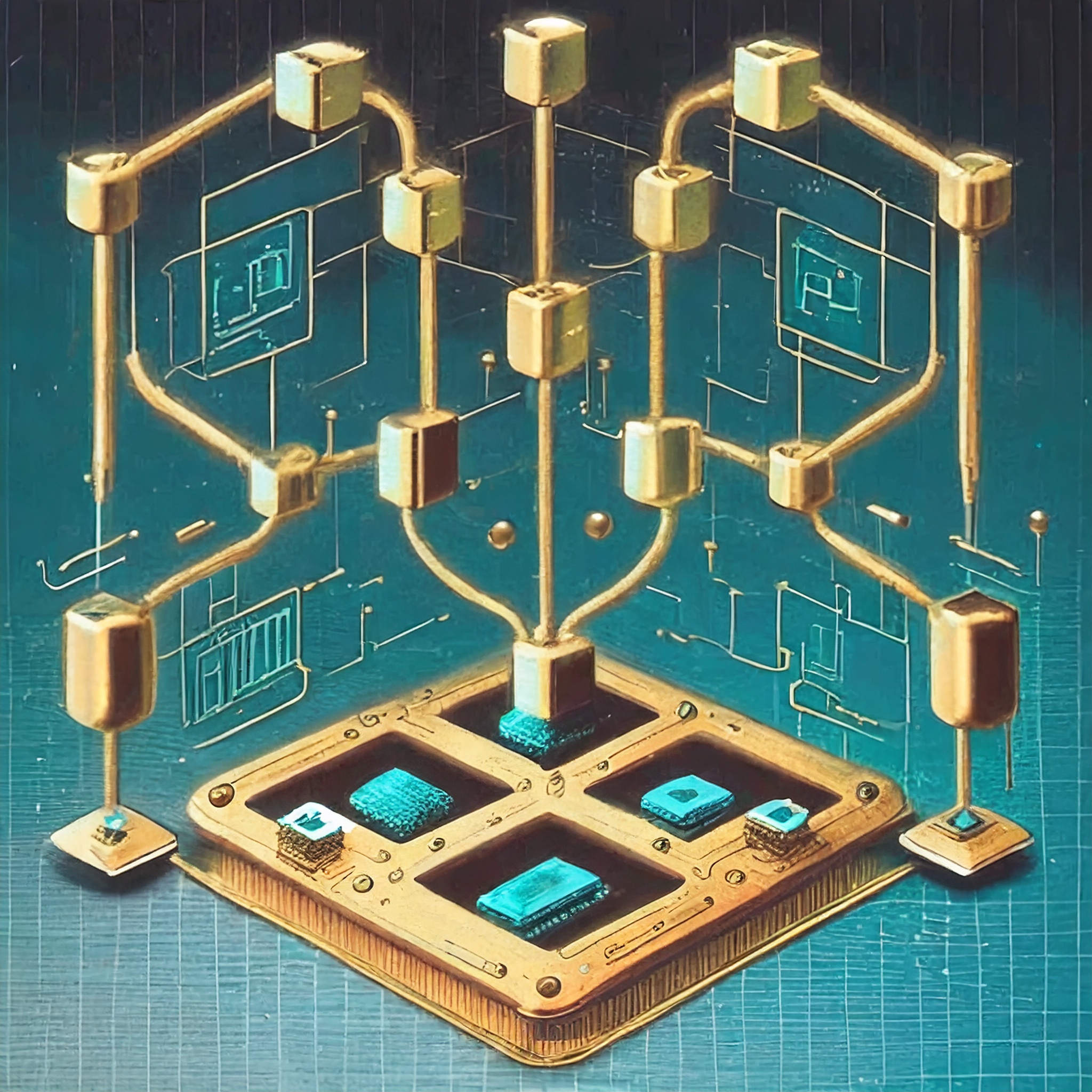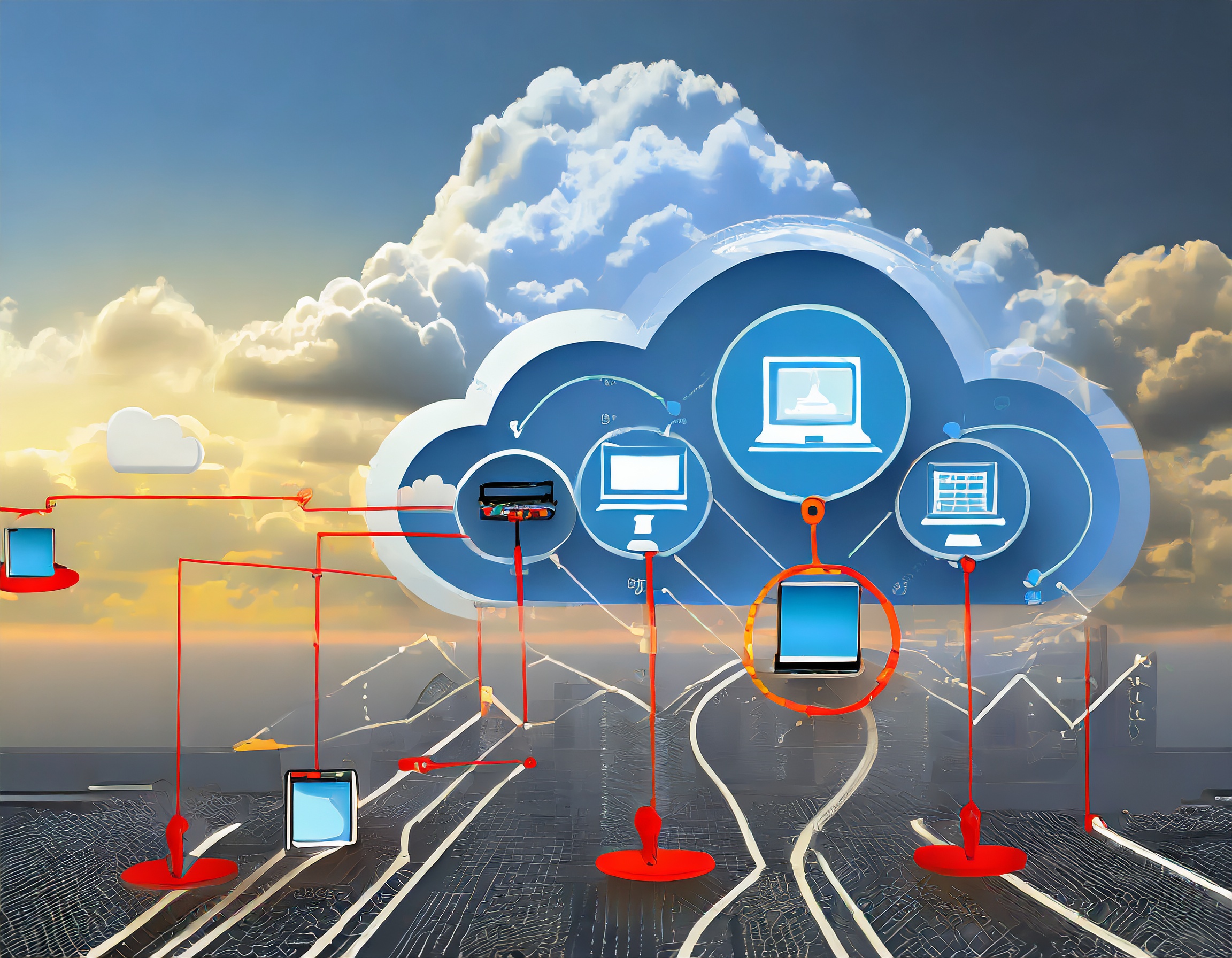The realistic sustainability trends for 2024
Climate-positive tech and sustainable IT As we mentioned in one of our previous articles, IT and sustainability are bound to collaborate in the...
Take a look at the hot digital transformation trends for next year and dive into each of the five trends that we present to you. Anticipation and the view of the bigger picture have been proven to be key for business development, so accompany us in our overview to be prepared.
Image by © Marc Sendra Martorell via Unsplash
Published in Our tips

The end of the year approaches and with it, new trends will arrive. Who knows what 2024 can bring us? Innovative tools, new needs, different projects and much more to keep on transforming your business and to stay up to date in this digital revolution that we live. Our goal here at Ekkiden is, without having access to a time machine, to read the market and the info we already have, to anticipate some of the it trends for next year in the digital transformation sector.
Just like some of the most angular things in life come in sets of five (the elements, the five senses, the Olympic rings, the vowels, or the Power Rangers), we too offer you a set of five tech trends to keep an eye on for this beginning of the new year.
Even if it seems like it, our keyboard is not broken. AI and ML stand for Artificial Intelligence and Machine Learning, two tools that will continue to revolutionise the market and bring innovations in new ways.
AI uses algorithms for identifying patterns and making predictions that save time, in addition to providing workers with time for more creative tasks. ML is behind the adaptability of the system, allowing it to learn and evolve based on its own experience. This revolution has just started, so we can wait for an innumerable number of evolutions and new routes it could take. We wanted to show a sneak peek of these tool’s power, so check out the images included in the body of this article: they were all AI-generated!

The hyper-automation route will continue gaining importance for companies due to the need to extract all the information possible from the data collected. Its implementation is a game-changer because of several reasons:
Even if AI and ML are presented as the future of technology, we should remember that they still need to be harnessed by a specialist who knows how to train them. The word intelligence might lead our mind elsewhere but, in the end, a tool is just as sharp as its user and human and machine can collaborate towards the future.
Let’s not forget about the recently implemented regulations and limitations over digital tools such as AI. The innovation wave cannot become a tsunami that wipes the human aspect away, and under no circumstances should its use be hidden or denied.
Blockchain has become popular in several business models such as finance, supply chains or healthcare. What do they have in common, you might ask? They have tons of data! And the sensitive kind. More and more companies are turning to blockchain due to its distributed ledger technology and the number of advantages it brings with it. As its name indicates, blockchain is (in very few words) a virtual chain of separated information blocks. The attractive features of its storage functioning are:
In summary, blockchain is going to be key in helping to organize, store and safely transfer information. This technology is also easily scalable and suitable for modification, as we said, it is made of blocks and just like in a construction set, you can replace a block with another.
This feature is in fact key to secure the information. Due to the shape and the interconnection between blocks, frauds, or cyberattacks are less prone to succeed. In a moment in which we bend towards a mainly digital environment in which data is the new gold, blockchain is the solution to all the problems you may confront.

Again, blockchain is no magic wand that you can wave and boom! It makes your business efficient and your data safe, and optimizes your processes. There are several consensus algorithms along with several platforms, among which you will have to choose to match your business model perfectly.
This system provides transparency, enhanced security and in conclusion, a simpler way of enhancing your system, reason enough for us to give it a spot in our 2024 trends list.
Deeply linked to the previous trend, cybersecurity and data privacy are and will continue to be, in the near future, talked about and demanded by companies.
Globalization has opened the world’s doors for everyone, for the better and the worse, meaning our data can reach further than ever. At the smallest scale, if we buy from an international buyer, or at the biggest one, if a company has clients from all over the world, the data needs to be safe and inaccessible to anyone external.
Just as technology develops, so do the tools available for wrongdoers. The same technology that helps us grow our businesses and reach the whole wide world might be the same one that opens the backdoor of our data storage. It is a real consideration we must contemplate but, that is why cybersecurity has become such a demanded service.
The best way to face a digital attack is to do so before it happens. Prevention and maintenance are fundamental, whereas facing the problem once it happens is less than ideal. The tightening of the rules around corporate responsibility in data protection has definitely been an instigator of these kinds of services. Due to the possibility of facing the crushing consequences of a security breach, many companies have a department dedicated solely to cybersecurity or make use of a consultant to guide them in this matter. According to the European Union Agency for Cybersecurity, in this new digital era:

This data was recovered in 2020, so the number is likely to have only increased since then. It is then remarkable to mention the instauration of no-trust policies, by which companies reduce the trust in the employee for having a closer control of the sensitive information. One thing is for sure, and that is that we need to keep updated about hacking techniques like phishing or SQL injections in order to be able to prepare our systems against them.
Information, prevention, and implementation are and will continue to be essential for companies in 2024.
If businesses are migrating to the virtual world…shouldn’t services targeted to them do the same thing? Indeed! We can witness how apps are being created for and deployed in cloud environments, specifically to offer cloud services. These apps are hosted in a private cloud or a public cloud and have called our attention (and everyone else’s in the digital transformation field) because of their flexibility to adapt to evolving requirements, a fast pass to fast scaling.
The trend has shifted from the previous apps, more rigid and less susceptible to change when needed, to a more modular architecture system that allows more room to adapt the app to the ever-changing needs. According to the learning platform O’Reilly, more than 94% of organizations with more than 1 000 employees have a lot of their workloads in the cloud (survey to 800 organizations).

Scalability and adaptability without losing quality, time, or benefits seem like a dream come true when we talk about satisfying a digital transformation need. The efficiency and agility are also improved while the costs are reduced, and all of it in record time with these cloud based applications.
In the past fifty years, business trends have moved towards greener practices and this shift is still ongoing. Society demands more and more environmental responsibility from companies, and that includes the use of eco-friendly technologies. When we say eco-friendly, we encompass the end to end process that involves using technologies and digital tools. These should:
The digital sector is intangible as its activity occurs mostly in the digital world, but that doesn’t mean that it doesn’t consume resources or pollute. The IT sector accounts for 4% of global GHG emissions and this could double by 2025, as analysed by the Center for Sustainable Systems of the University of Michigan. With the increasing use of AI, ML, the cloud and more, we must be mindful of the resources they require to operate and the way of optimizing their performance.

Innovation and progress should not come at any price, and, at the moment, we have at our disposal an unparalleled toolkit to shape technologies to be environmentally friendlier than they used to be. In an era where transparency gains importance, users can now access data that was once out of reach, allowing them to demand improved performance or changes for better corporate alignment with environmental responsibility.
2024 is around the corner and we can’t wait to see what emerging technologies it brings, but to make the wait more bearable, you can reflect on these already existing trends that will develop even further next year.
The digital context is blooming, and we have to be attentive to the challenges and responsibilities this technological spring brings us. Driving digital transformation to accelerate your business is a way of modernization within the reach of all the companies, on a bigger or smaller scale.
The incorporation of technology in the life of everyday citizens has approached the concept to the non-specialized public and the demands for the market to move accordingly: speed, security and social responsibility. In the meantime, if you want to reshape the current digital transformation process, take a look at our jobs page and get a ticket for the coming adventure!

Climate-positive tech and sustainable IT As we mentioned in one of our previous articles, IT and sustainability are bound to collaborate in the...

Modern times: a history of industrial revolutions Understanding the future...

What on earth is digital transformation? Before being more specific about...